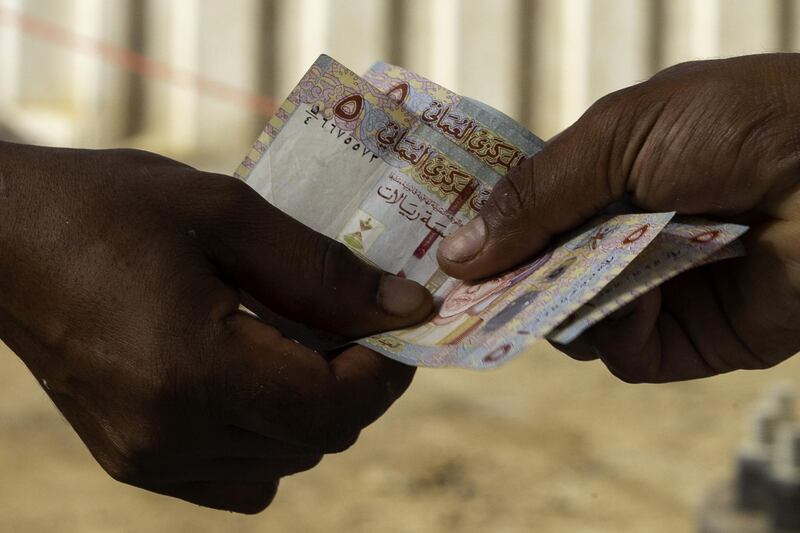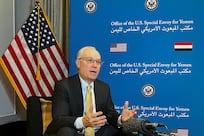The proposed merger between Oman Arab Bank and Alizz Islamic Bank – the latest in a wave of planned consolidations between GCC banks – would be credit positive for Oman Arab Bank and form an Islamic banking entity with around $7.6 billion in assets, Moody’s said on Friday.
“Successful completion of the proposed merger would provide OAB with a larger Islamic franchise and asset base, allowing it to improve its interest income and deposit-gathering ability,” the credit rating agency said in a report.
An OAB and Alizz Islamic merger would help the banks capitalise on the fast-growing Islamic banking segment in Oman. The sector accounted for 13 per cent of banking assets in the sultanate in June, up from 2 per cent in March 2013 following the introduction of the country’s Islamic Banking Regulatory Framework in 2012.
The two Muscat-listed banks said in May they were “exploring the possibility of a strategic collaboration that may lead to an eventual merger of the two entities”.
Earlier this week, they signed a memorandum of understanding pledging to continue merger talks, including appointing legal and financial advisors to conduct due diligence and pave the way for a potential deal.
“The success of the merger between the two institutions will result in the formation of a new financial entity that will be more competitive, both locally and regionally, and be in a position to promote the development of the financial sector in the sultanate in line with the latest international standards,” said Rashad Al Zubair, chairman of OAB in a statement to the Muscat Securities Exchange.
The proposed merger would offer a number of synergies as the banks currently have complementary products, systems, technologies and customer segments, he added.
______________
Read more:
[ Oman banks outlook negative but economy set to rebound, Moody's says ]
[ Merger of two Omani banks will form an entity with 25% share of loan market ]
[ Alizz Islamic and Oman Arab Bank launch merger talks ]
______________
Banks in the Arabian Gulf are increasingly looking at mergers and collaborations as low oil prices in the past three years have squeezed their profit margins. Regional banks are set to see a stronger performance this year and into 2019 as macroeconomic conditions improve, but they are still seeking cost efficiencies to drive growth.
Earlier this year, HSBC and Royal Bank of Scotland in Saudi Arabia reached an initial agreement on the terms of a possible merger. In July, National Bank of Oman and Bank Dhofar said their boards had agreed to discuss a potential merger – which would create $20bn in combined assets and be the second-largest financial institution in the country, EFG Hermes said in a report in August.
Moody’s Investor Services maintained a negative outlook on Oman's banking system in a separate report last week, but said its economy is set to rebound this year and capital will remain sound, “providing loss absorbency”.
Islamic banking in particular has considerable potential for further growth in Oman, given its recent introduction and low penetration compared with other GCC countries and the country’s almost entirely Muslim population, according to Moody’s report on the OAB and Alizz merger talks.
“The banks agreed that Alizz would continue to operate as a dedicated Islamic banking franchise with management autonomy, which would help preserve Alizz’s customer relationships,” the report said.
The report estimated that the combined entity would have total assets (both conventional and Islamic) of around $7.6bn as of June 2018, a 9 per cent share of the Omani banking system.
OAB currently has a 7 per cent market share in terms of total assets and is larger than Alizz, which has a 2 per cent share, according to Moody’s. However, Alizz has a larger share of the Islamic assets market at 15 per cent as of the end of 2017, compared with 2 per cent for OAB.






